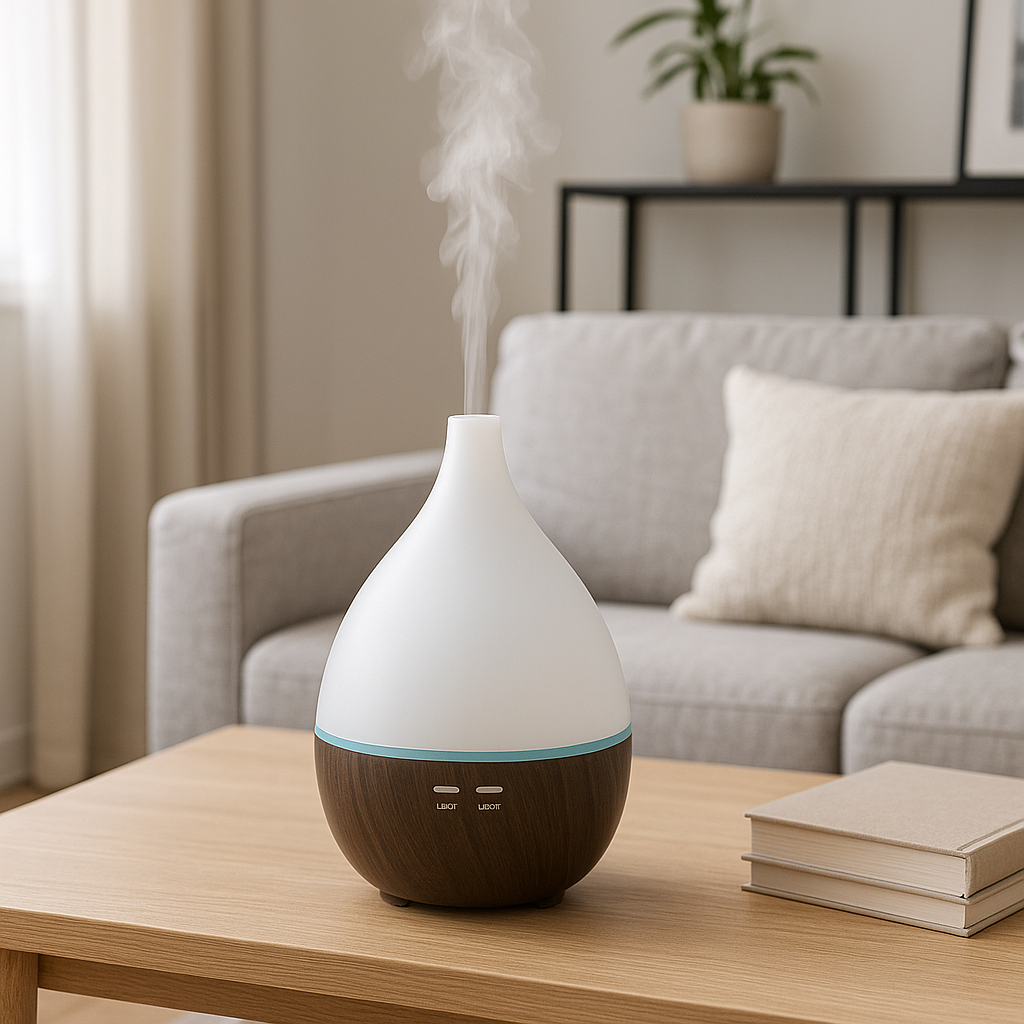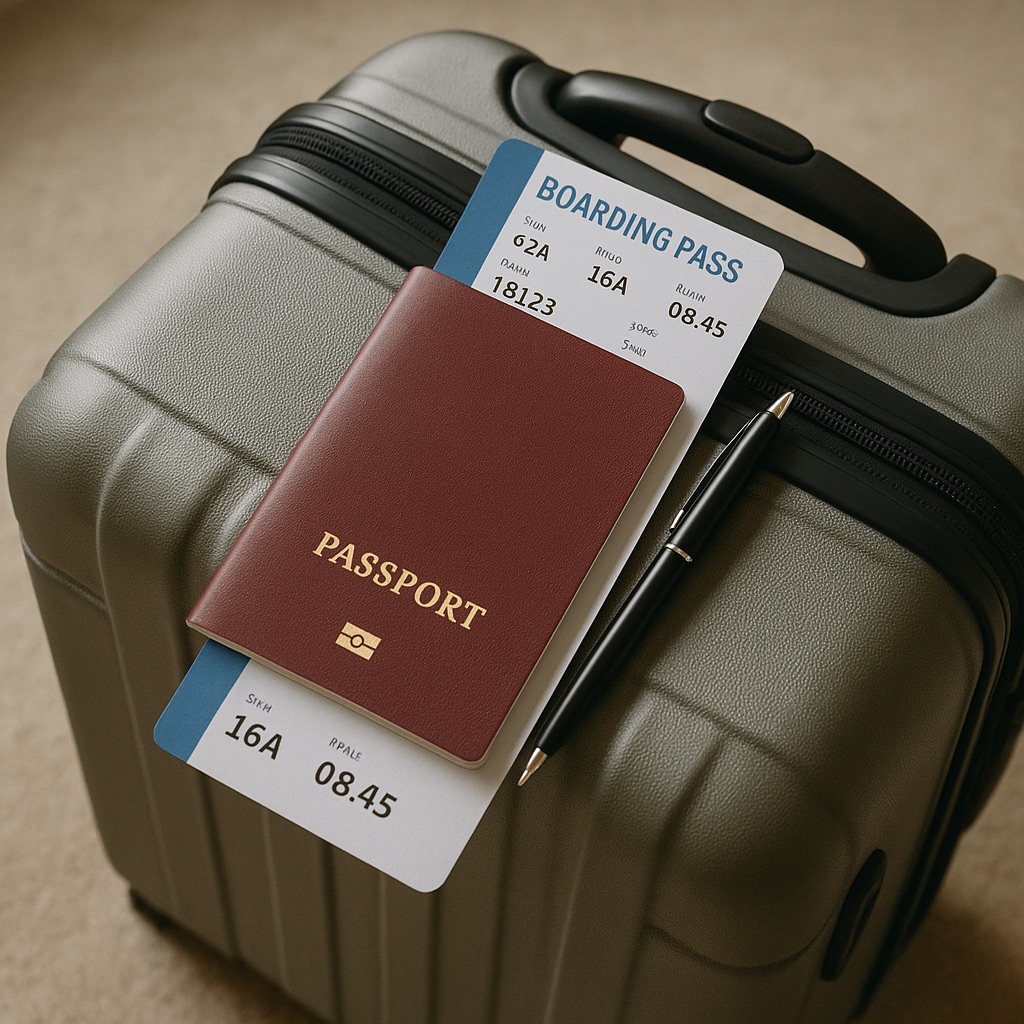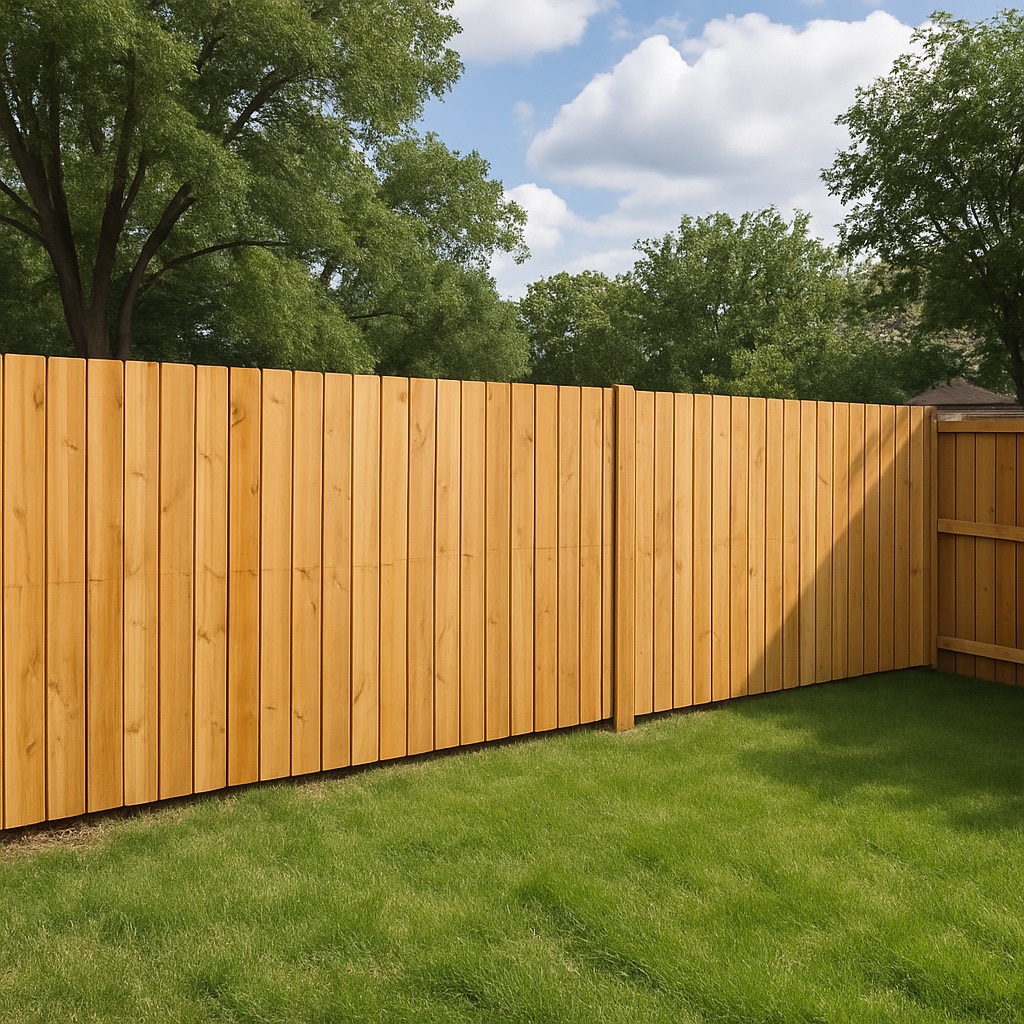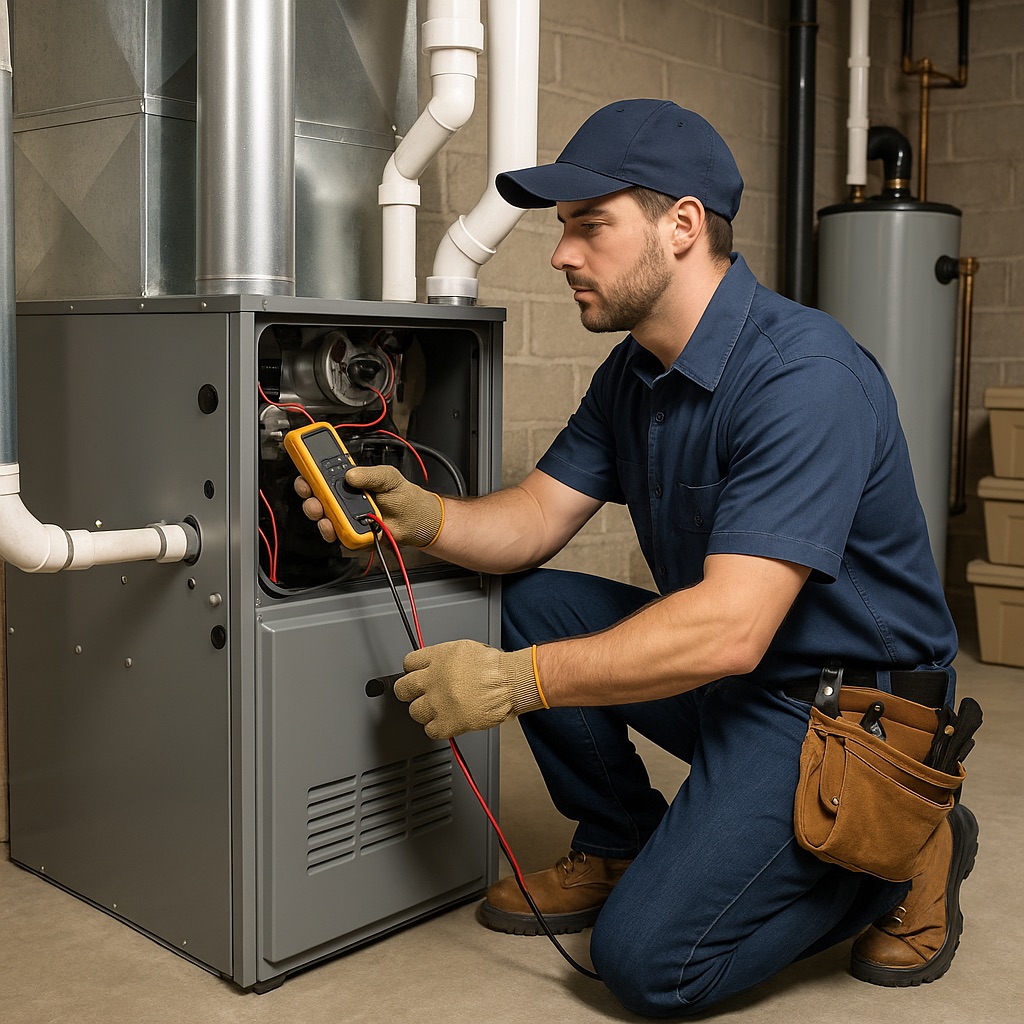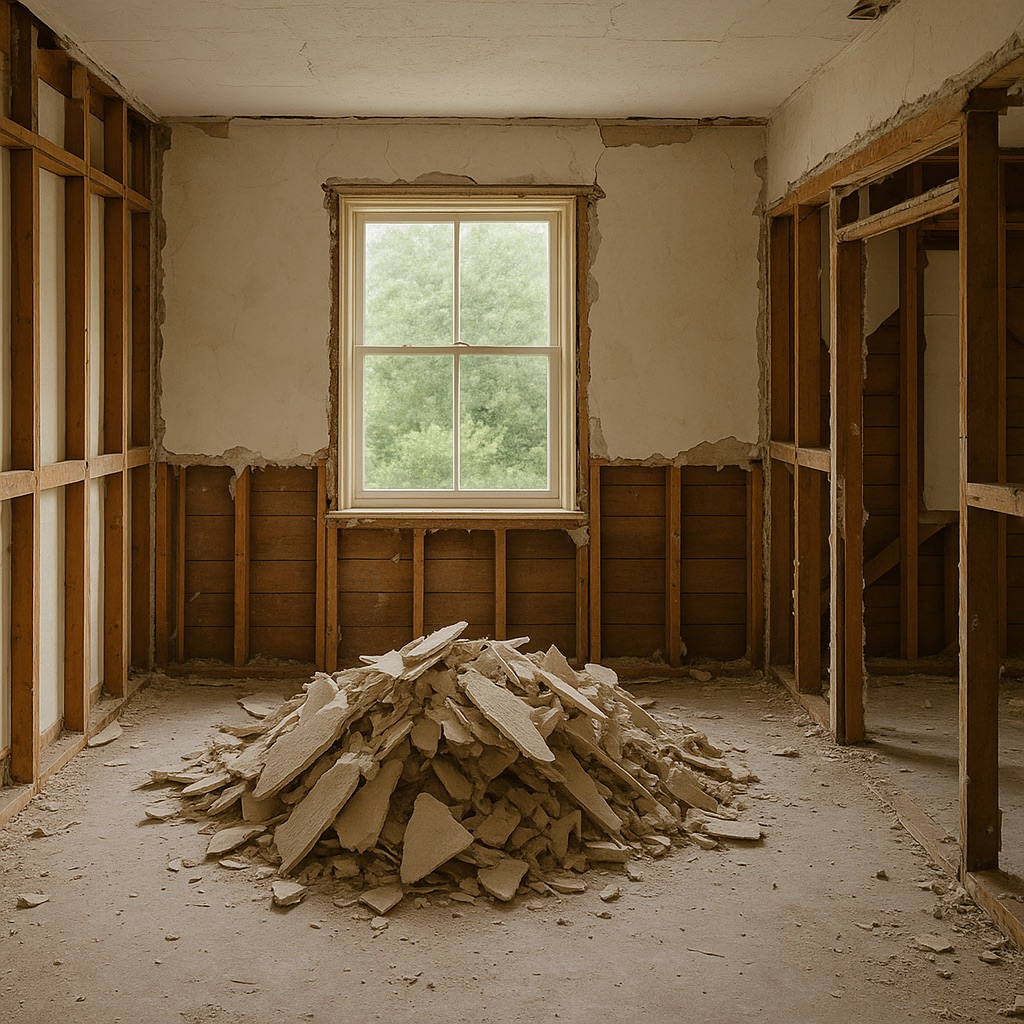Last updated on
In recent years, there has been a significant shift in how people view and utilize vacation properties. What was once considered a luxury reserved for seasonal getaways is now being redefined as a viable and even preferable option for year-round living.
This transformation is fueled by a combination of evolving work cultures, lifestyle changes, and a reevaluation of priorities. Individuals and families alike are seeking environments that offer tranquility, better quality of life, and personal fulfillment—qualities often found in vacation destinations.
Places like Pigeon Forge, Tennessee, once primarily known for tourism and weekend retreats, are now attracting individuals looking to embrace a slower pace of life on a permanent basis. As remote work becomes more commonplace and urban stressors continue to grow, vacation homes are emerging as more than just retreats—they are becoming permanent residences.
Table of Contents
The Appeal of Scenic Real Estate
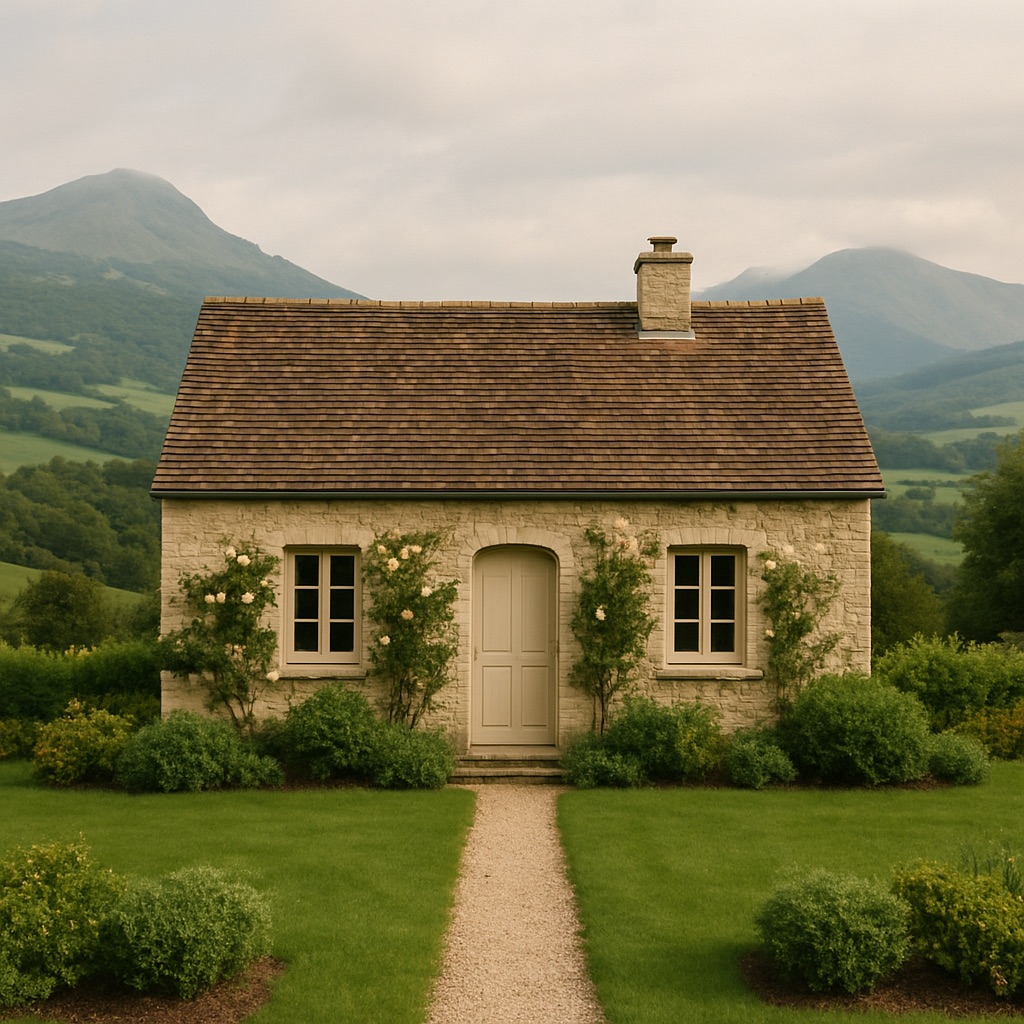
Many regions once celebrated solely for their tourism are now gaining attention for their potential as full-time residential havens. Take, for example, Pigeon Forge homes for sale. These properties, traditionally marketed as holiday investments or short-term rentals, are increasingly attracting buyers looking to settle down permanently.
The change isn’t simply about location; it reflects a deeper desire for a slower-paced, more fulfilling lifestyle. Such areas offer natural beauty, low population density, and the kind of community spirit that larger cities often lack. These factors collectively make them ideal for people who are no longer tied to urban office spaces and are open to redefining what “home” means in a modern world.
Work-from-Anywhere Culture and Lifestyle Shifts
One of the primary drivers behind this trend is the normalization of remote work. The traditional nine-to-five office job is no longer the only viable option for many professionals. Companies across various industries have adopted flexible work arrangements, allowing employees to work from virtually anywhere. With fewer ties to physical office locations, individuals now have the freedom to choose where they want to live based on quality of life rather than proximity to work.
This flexibility has encouraged people to leave crowded cities in favor of more peaceful, picturesque locales. Vacation areas that were once reserved for brief escapes now present the possibility of everyday serenity. The stress reduction associated with living in less congested areas, combined with proximity to nature and recreational activities, makes vacation homes a compelling alternative for long-term residency.
Cost-Efficiency and Value Appreciation
Another significant factor influencing the move toward permanent residency in vacation homes is cost efficiency. In many cases, properties in traditional tourist areas offer more square footage and land for the same or lower price than urban dwellings. This presents an appealing opportunity for homeowners to increase their living standards without increasing financial strain.
Additionally, many vacation destinations have shown consistent property value appreciation over the years. As these areas develop and attract more full-time residents, infrastructure improvements and local amenities also increase in quality and availability. This trend not only supports better living conditions but also enhances property values, making the shift a smart long-term investment.
Community and Quality of Life
Living in a vacation destination doesn’t just provide scenic views—it also offers an elevated sense of community and connection. Smaller towns and resort-style areas often have close-knit communities where people know their neighbors, local businesses thrive on repeat customers, and communal events are a regular part of life. These characteristics foster a sense of belonging that is hard to replicate in large urban environments.
The quality of life in such areas typically extends beyond social interaction. Lower crime rates, cleaner air, less traffic, and access to outdoor activities contribute to physical and mental well-being.
Technological Advancements in Infrastructure
The increased adoption of technology has also played a pivotal role in transforming vacation homes into permanent residences. High-speed internet is now accessible in many rural and remote locations, making remote work and digital schooling feasible. Telehealth services have bridged healthcare access gaps, while delivery services and e-commerce have reduced dependency on local retail infrastructure.
As these technological amenities become standard, the logistical challenges that once made permanent residence in vacation homes difficult are gradually disappearing.
Sustainability and Self-Sufficiency
With rising awareness of environmental issues and a growing interest in sustainable living, vacation homes offer the perfect setting for eco-friendly practices. Many such homes come with ample land, making them suitable for solar energy installations, rainwater harvesting systems, and home gardening. The idea of self-sufficiency—once a fringe concept—is becoming increasingly mainstream.
The desire for a simpler, more sustainable life aligns with the values of those seeking refuge from the fast-paced, consumption-driven lifestyle of urban centers. Living in a vacation home full-time allows people to downsize not just in square footage but also in stress and ecological footprint.
Retirement and Long-Term Planning
For retirees, the appeal of turning a vacation home into a primary residence is especially strong. These individuals often look for peaceful environments, recreational opportunities, and a slower pace of life—all commonly found in vacation locales. Additionally, many retirees already own vacation homes purchased during their working years, making the transition both practical and emotionally fulfilling.
From a financial standpoint, using a vacation property as a primary residence can also lead to significant tax advantages and cost savings in maintenance.
Emotional and Psychological Benefits
There’s a psychological component that often goes unspoken but heavily influences this shift: the feeling of being “home.” Vacation homes, designed to provide relaxation and joy, evoke positive emotions that are hard to replicate elsewhere. Over time, this emotional attachment deepens, making the idea of leaving at the end of a vacation less appealing.
Turning a vacation home into a permanent residence taps into this sentiment. It allows people to preserve that sense of peace and happiness year-round.
The Road Ahead: A Lasting Trend
The migration toward making vacation homes permanent is not a fleeting trend. It reflects deeper societal changes that prioritize flexibility, sustainability, and personal fulfillment. As work continues to evolve and people become more conscious of their lifestyle choices, vacation homes will likely play a larger role in residential planning.
The rise of vacation homes as permanent residences signals a major shift in how modern society defines home. What was once an occasional escape is now becoming the primary setting for daily life. With the convergence of remote work opportunities, technological advancements, cost-effective living, and a collective longing for a higher quality of life, this evolution seems both natural and necessary.
